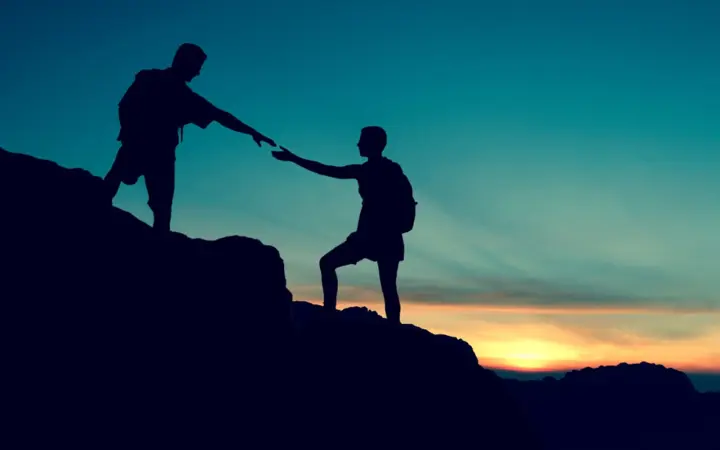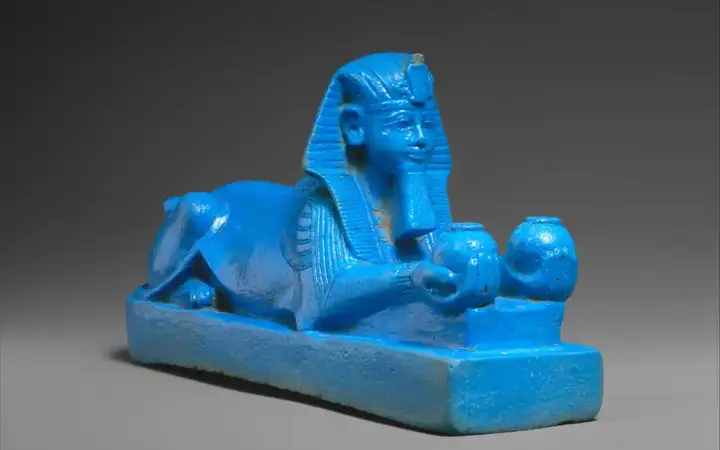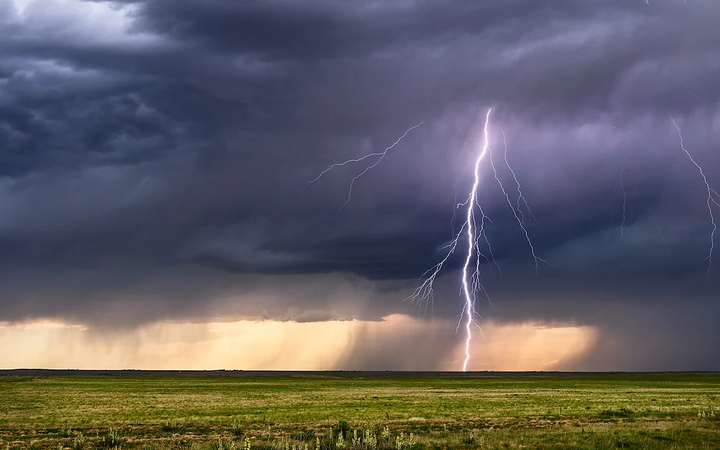How does fear work? What is phobias?
Everyone is afraid. Fear is an inevitable aspect of human experience. People generally consider fear to be an annoying feeling, but some do their best to evoke it, for example, by jumping out of planes or watching scary movies. Fear is sometimes justified, for example: when you hear footsteps inside your home and you know that you are the only one in the house, the cause of fear here is valid and fear can also be inappropriate. For example, we might experience a rush of horror while watching a horror movie, even though we know that the monster actor has had certain makeup and that the blood is not real. Many individuals consider phobias to be the most inappropriate manifestation of fear. These phobias can be towards almost anything, such as spiders, clowns, paper or carpets, and they greatly affect people's lives.
Recommend
Why are we afraid?
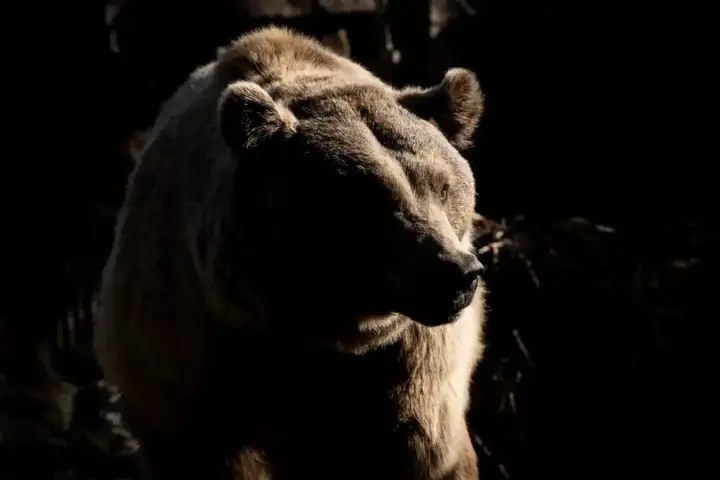
As far as evolution is concerned, fear is old, and to some extent, we can thank fear for our success as a species. Any creature that doesn't run away and hide from larger animals or dangerous situations will likely be removed before it has a chance to reproduce. It makes sense to be a bit nervous if you are an animal in a hostile environment. It's better to run and hide when your shadow surprises you than to assume that the shadow is safe, so you don't eat a bear after 5 seconds.
What happens in the body?

People often refer to the physiological changes that occur when a person experiences fear as a response to fighting or flight. The respiratory rate increases, followed by heart rate, peripheral blood vessels constrict—the central blood vessels around vital organs expand to flood them with oxygen and nutrients, and the muscles are pumped with blood, ready to react. Muscles — including those at the base of each hair — also become contracted, causing hair to become erect, colloquially called chills. When human hair stands on its end, it doesn't make much difference in its appearance, but for more dense animals it makes it look bigger and more gorgeous. Metabolically blood glucose levels rise, providing a ready store of energy should action arise. Similarly, the levels of calcium and white blood cells in the bloodstream are also increasing.
Provoke a response
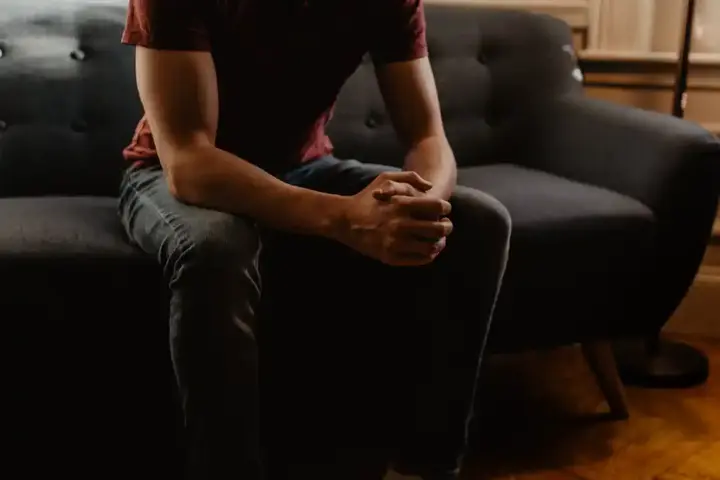
The fight-or-flight response begins in the amygdala, which sends signals to the hypothalamus, which then activates the pituitary gland, which secretes the adrenocorticotropic hormone (ACTH) into the blood. At this time, the sympathetic nervous system gives stimulation to the adrenal gland, encouraging it to inject a dose of epinephrine and other catecholamines into the body. The body also releases cortisol in response to the hormone ACTH, which leads to high blood pressure, blood sugar and increased white blood cells. Diffuse cortisol converts fatty acids into energy, ready to be used by muscles, if needed. The catecholamine hormones, including epinephrine and norepinephrine, prepare muscles for violent action. These hormones can also:
• Enhance the activity of the heart and lungs
• Reduce the activity of the stomach and intestines,
• Inhibits the production of tears and saliva, which explains the dry mouth that comes with fear
• Dilated pupils
• Make vision tubular (narrow the visual arena)
• Hearing reduction
Both the hippocampus and the prefrontal cortex help control the fear response. They help us understand whether our response to fear is real and justified or whether we have overreacted somewhat. If the hippocampus and prefrontal cortex determine that the fear response is exaggerated, they can stop it and inhibit amygdala activity. This partly explains why people enjoy watching scary movies – their sensible "thinking mind" can overcome the initial parts of the brain's automated fear response.
Why do we freeze when we feel afraid?
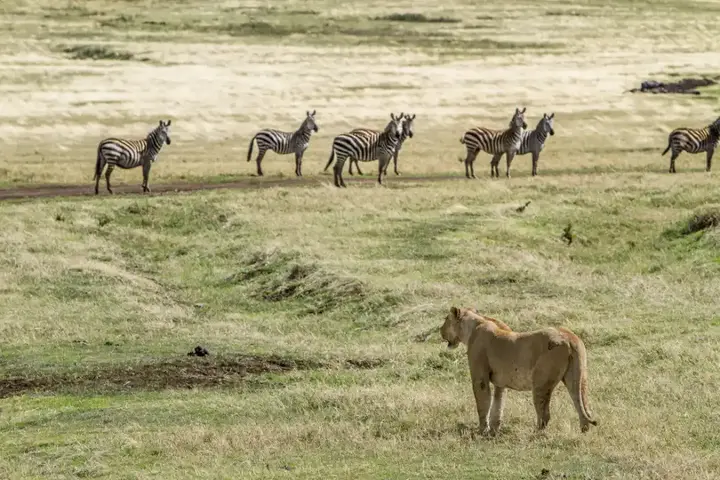
The idea that our bodies are ready to fight or fly makes sense from a survival point of view – but how can freezing have any benefit? You might think that an animal that simply stands rooted in place would offer an easy snack to predators. Most animals freeze when they feel scared for a few moments before deciding what to do next. Sometimes, staying motionless is the best plan; for example, if you're a small mammal or if you're well camouflaged, staying still can save your life. A 2014 study identified the nerve root of the freeze response. It is created by mutual talk between a specific gray area PAG and the cerebellum. The researchers found a bundle of fibers that connects one region of the cerebellum, called pyramids, directly to PAG. Messages played along these paths cause the animal to freeze from fear. The study's authors hope that their findings will one day help design ways to treat people with anxiety and phobias disorders who can become paralyzed by fear.
The issue of phobias

Medical professionals classify phobias as an anxiety disorder and as mentioned earlier, phobias are often irrational and hyperactive fear of something that cannot cause harm Most often there is no strong and rapid cause for the development of phobias; both genes and the environment can be involved. Sometimes, it can be relatively easy to understand the origin: for example, a person who witnesses someone fall off a bridge may later develop bridge phobia, however in general it is difficult to uncover the origin of phobia, after all, most people who witness someone fall off a bridge do not develop bridge phobia, so there is more than just a simple experience. While many questions remain unanswered, scientists have uncovered some of the neurological events that underlie phobias. Given our understanding of the involvement of the amygdala in the response to fear, it is not surprising that there is a link between phobias and increased activity in this region. One study also discovered that there is a detachment between the amygdala and the prefrontal cortex, which usually helps an individual overcome or reduce the fear response. Aside from the fear a phobia feels when they meet their enemies, these individuals are also in a state of excitement; they always expect to see their trigger, even in situations where they are unlikely to appear. Some researchers argue that this lively and fearful expectation plays an important role in enhancing the fear response when a person encounters something phobiatic.
![]()
The world's oceans: species, environments, life and the magic of colors
The oceans, covering over 70% of Earth, are changing color due to climate change and human impact. From deep blue in the Pacific to green or milky turquoise in coastal or Arctic waters, these shifts reveal changes in marine life and health, making ocean conservation more vital than ever. more- ADVERTISEMENT
![]()
Why is the oud so popular in the Middle East?
The oud, with its deep roots in ancient Persia and warm, resonant sound, inspired the development of Western instruments like the guitar. Its fretless design gives Arabic music a unique depth, and its influence reached Europe through Andalusia, where it shaped musical traditions far beyond the Middle East. more- ADVERTISEMENT
![]()
Motivation: How to Start and Stay Motivated
Motivation: How to get started and staying motivated more- ADVERTISEMENT
![]()
75% of the global diet is produced by just 12 plants and 5 different animals
75% of the global diet is produced by just 12 plants and 5 different animals more- ADVERTISEMENT
![]()
The Historical Arch of Egyptian Blue: A Journey Through Time
The Historical Arc of Egyptian Blue- A Journey Through Time more- ADVERTISEMENT
![]()
Why are there 24 hours a day and 60 minutes an hour?
Ever wondered why clocks have 12 hours? It traces back to ancient Egyptians and Babylonians who used finger joints to count and stars to track time. Their clever systems shaped the 24-hour day and 60-minute hour we still use today. Time, it turns out, is a gift from history! more- ADVERTISEMENT
![]()
Mental flexibility - what is it? And how to get there?
Mental flexibility - what is it? And how to get there? more- ADVERTISEMENT
![]()
At each moment, there are about 2,000 thunderstorms occurring on Earth.
Thunderstorms are powerful and common, with up to 2,000 happening worldwide at once. Florida tops the U.S. in stormy days, but Venezuela's Lake Maracaibo holds the lightning strike crown. When thunder roars, go inside—lightning is closer than you think and more dangerous than most realize. more- ADVERTISEMENT
![]()
5 habits to save on your monthly allowance
5 habits to save on your monthly expenses more- ADVERTISEMENT
![]()
Why do some people attract mosquitoes like magnets, others don't?
Why some popele are Mosquito Magnet, some NOT? more- ADVERTISEMENT














